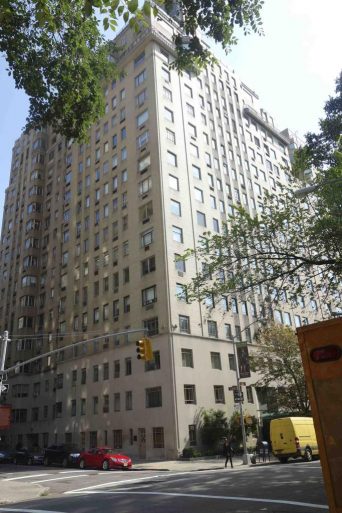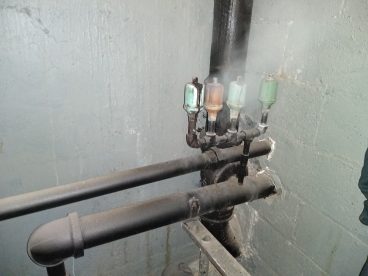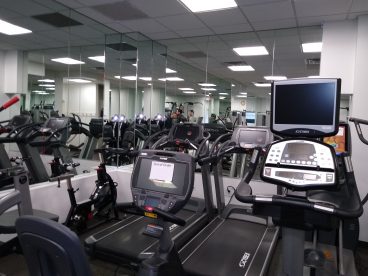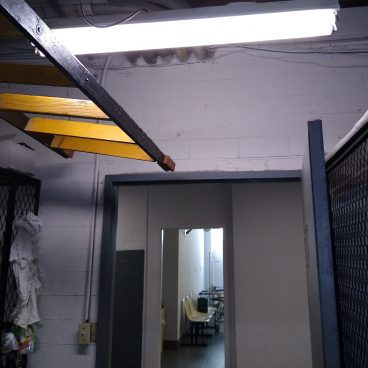CASE STUDY – LL33 GRADE IMPROVES FROM “D” TO “B”

Services:
The Owner of this 1940 luxury multifamily cooperative hired IGP to determine why it received a LL33 Energy Efficiency Grade of D based on the 2019 LL84 Benchmarking. The Owner wanted to improve the Energy Efficiency Grade to avoid possible LL97 Building Energy and Carbon Emissions Limits penalties.
The first thing IGP did was analyze the 2019 LL84 Benchmarking results, and discovered many errors:
- Con Edison had mistakenly uploaded District Steam consumption data from a neighboring building in addition to natural gas into the LL84 Portfolio Manager portal.
- The benchmarking firm submitted “default values” for number of bedrooms, dishwashers, etc., which worked against them.
- The Building Area Square Footage submitted to Portfolio Manager was less than the “Above Grade” measurement the NYC Department of Finance uses to determine the Coop’s property taxes.
IGP recommended that they hire an engineering firm to remeasure the building. After IGP carefully revised all the incorrect LL84 Benchmarking data previously submitted by the property management firm, the building’s LL33 Energy Efficiency Grade went from a “D” to a “B”.
The Owner then hired IGP to do an Energy Conservation Measures (ECM) site visit and report (“ECM Report”) to provide a detailed strategic plan for the Board to mitigate against future LL97 penalties.
Property Information:
- Market Type: Multifamily Cooperative with professional offices on ground floor, in Manhattan
- # of Buildings: 1
- Year Built: 1940
- Building Area: 229,000 sq ft (as correctly measured by IGP)
- Total Units: 103 residential, 4 commercial, 2 common area rooms
- Number of Bedrooms: 260
- Thirteen (13) terraces
- Master metered for electricity

Tree air vents in sub-basement have steam coming out of them. These are condensate return lines and the vents are meant to release excess air in the system. Steam in the return line indicates broken steam traps somewhere in the steam distribution system.

Upon receiving IGP’s Energy Efficiency Action Plan Recommendations, the Owner replaced this co-op gym’s large central A/C with a more efficient Air Source Heat Pump (ASHP) ducted system.
Multifamily Cooperative Action Plan Summary:
IGP’s ECM Report detailed the following recommendations:
- Engage historical steam heating expert to identify the original Fin Tube and Column Radiators (prior to tenant-installed 2-pipe steam PTACs):
- Did the original column radiators have orifice plates?
- Did the column radiators have a Union elbow and ball check or were they supposed to be 2-pipe with traps?
- Are the tenant installed 2-pipe steam PTACs with steam traps compatible with the original column radiators sometimes in the same room?
- Do some column radiators still have a Union Elbow with ball check? Check behind tenant installed cabinetry.
- What was original system called back in 1940? Was it the Richardson System?
- Are Orifice plates appropriate for the Fin Tube radiators or would a fractional valve be better?
- Replace PTAC radiator steam traps with new element
- Replace Pressuretrol (psi) with Vaporstat (ounces)
- Replace DHW Mixing Valve with Automatic Mixing Valve
- Consider installing a Linkageless Burner Control
- Do a Data Logger Study or Tenant Survey of Heating Comfort Level by Room, or
- Install an Energy Management System (EMS) – sensors, controls and study heat distribution in the fall
- If the EMS data warrants it, install Master Venting on Supply Risers and possibly on Return Lines
- After Master Venting, consider Thermostatic Radiator Valves (TRVs) for non-PTAC radiators
- Pipe Insulation – all cold water, hot water, steam pipes & elbows
- High Efficiency gas DHW Heater
- Weather sealing doors and windows
- Replace Gym’s large central A/C with efficient Air Source Heat Pump (ASHP) ducted system.
- Bi-leveLED Lighting in stairs
- Bi-level LED lighting in common areas
- LED bulbs in decorative hall fixtures and lobby and all common area rooms
- Study feasibility of rooftop Solar PV (relevant because tenants are submetered)
- If rooftop Solar PV is not feasible, participate in local Community Solar

This luxury residential cooperative on the Upper East Side has all fluorescent light fixtures in the common areas, like this Tenant Storage Room. The IGP Energy Efficiency Action Plan recommended installing new LED fixtures, with bi-level controls and sensors where feasible. The Board intends to do this upgrade now.
